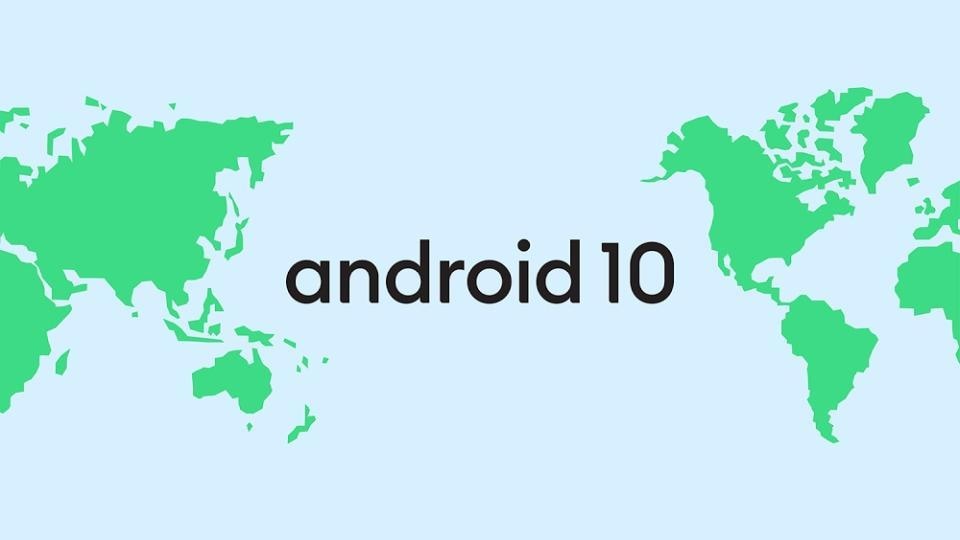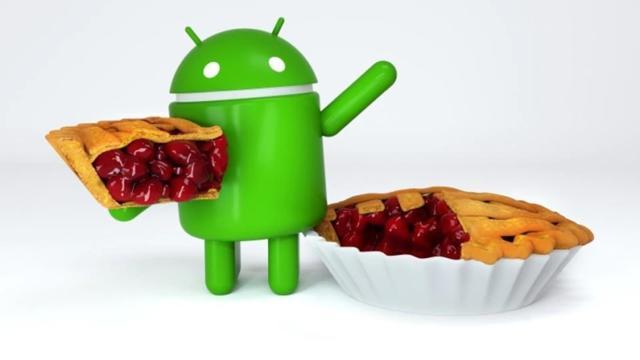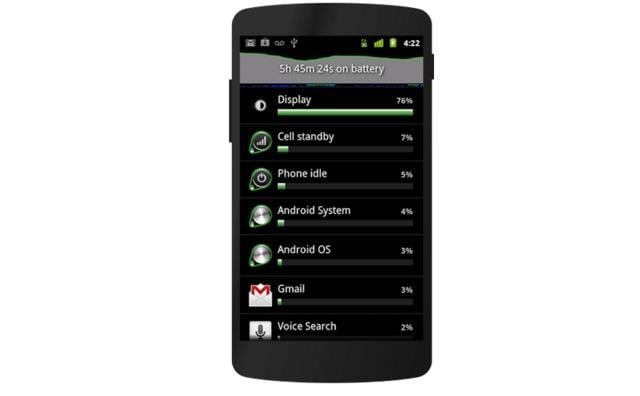Android Q is Android 10: Looking back at Google’s dessert-themed mobile OSes
From Android Cupcake to Android Pie, Google’s all of the mobile operating systems were named after desserts. This changes with Android Q which rolls out Android 10.

Each year Google introduces a new iteration of its mobile OS, Android. One of the most fun things about these mobile operating systems were their names - all named after desserts. With Android Q, Google is now ending the decade-long tradition as the latest mobile OS will roll out as Android 10. Going forward, it will be Android 11, Android 12 and so on.
Google said it received feedback from fans that these names weren't necessarily understood by everyone around the world. The company added it was important the names of Android iterations were clear and relatable for all.
"For example, L and R are not distinguishable when spoken in some languages. So when some people heard us say Android Lollipop out loud, it wasn't intuitively clear that it referred to the version after KitKat. It's even harder for new Android users, who are unfamiliar with the naming convention, to understand if their phone is running the latest version. We also know that pies are not a dessert in some places, and that marshmallows, while delicious, are not a popular treat in many parts of the world," said Google in a blog post.
With Google quashing the decade-long nomenclature system, let's take a look at the older dessert versions of Android.
Android Pie
Google's 2018 Android iteration was named after Pie. Version 9.0 brought a new interface with a special emphasis on machine learning. Some of the popular features of Android Pie are Adaptive Display, Adaptive Battery and Digital Wellbeing. Android Pie currently runs on about 10.4% of Android devices.


Android Oreo
Google introduced Android Oreo in 2017. Version 8.0 focused on bringing more and newer hardware form factors such as wearables and cars under the purview of Android. Android Oreo brought some interesting features such as picture-in-picture, notification dots, and autofill passwords.


Android Nougat
Launched in 2016, Android Nougat brought incremental UI upgrades. For instance, it introduced Quick Settings Control, improved battery optimisation, and security-focused File-based encryption and Direct Boot features. Another big feature of Android Nougat was support for VulkanTM (an advanced 3D rendering API) and Daydream (Google's platform for mobile virtual reality).
Android Marshmallow
The 2015 iteration of Android focused on bringing smarter features such as Google Assistant which later evolved as marquee Google product. The version introduced run-time permissions which helped users take a greater control of apps accessing their data.
Android Lollipop
Google's Android 5.0 Lollipop was launched in 2014. One of the biggest features of Android Lollipop was material design. The update brought in a cleaner white-themed UI and aimed at delivering a clutter-free experience. The material design has continued to evolve over the years.
Android KitKat
The only time Google had a commercial tie-up for its Android name, Android KitKat was launched in 2013. Interestingly enough, it launched as Android 4.4. The version focused on improving voice capabilities, back then known as Google Now. This was the first time when the company introduced "Ok Google." Improved UI and design also set the stage for Lollipop's material design.


Android Jelly Bean
Rolled out in 2012, Google's Android 4.1+ Jelly Bean brought in incremental UI updates and focused on adding productivity features. The notifications panel became much more intuitive.
Android Ice Cream Sandwich
Android 4.0 was rolled out in 2011. The software aimed to make the experience smoother and faster. Some of the popular features such as app folders, a favorites tray, and widgets were also part of the update. Android Ice Cream Sandwich also leveraged NFC (near field connectivity) for wireless sharing.
Android Honeycomb
Unlike the predecessors and successors, Google's Android 3.0 Honeycomb wasn't mainly focused on smartphones. Instead, it aimed at bringing richer experience on tablets. Launched in 2010, Google says Honeycomb paved the way for Android's flexibility to different hardware platforms.
Android Gingerbread
While the latest Android iteration uses ML to give you a detailed insight on battery, Android's 2009 Gingerbread version 2.3 introduced an early version of battery management capabilities. The software showed how much battery life (based on usage is left on the phone and how much different apps consumed the battery.


Android Froyo
Android 2.2+ Froyo brought improved voice capabilities allowing users to do more on the phone with voice commands.
Android Éclair
Android Éclair 2.0 was launched in 2009. The software brought in an improved Google Maps and included speech-to-text for the first time. Other key features of Android Eclairs were moving wallpapers and redesigned camera app.
Android Donut
Android 1.6 Donut introduced Quick Search box allowing users to search the web and your device through the home screen. The software also brought in support for different screen densities and sizes.


Android Cupcake
Android 1.5 Cupcake was aimed at then touchscreens which were still new but becoming quite popular. Thanks to the Cupcake, users got Android's first virtual keyboards. The software focused on giving more customisation options.
Catch all the Latest Tech News, Mobile News, Laptop News, Gaming news, Wearables News , How To News, also keep up with us on Whatsapp channel,Twitter, Facebook, Google News, and Instagram. For our latest videos, subscribe to our YouTube channel.




























